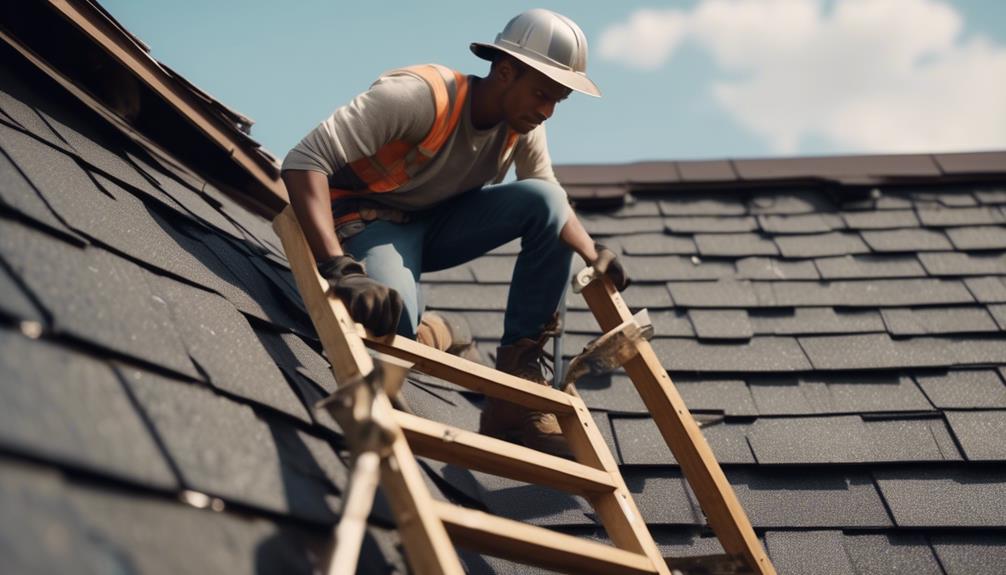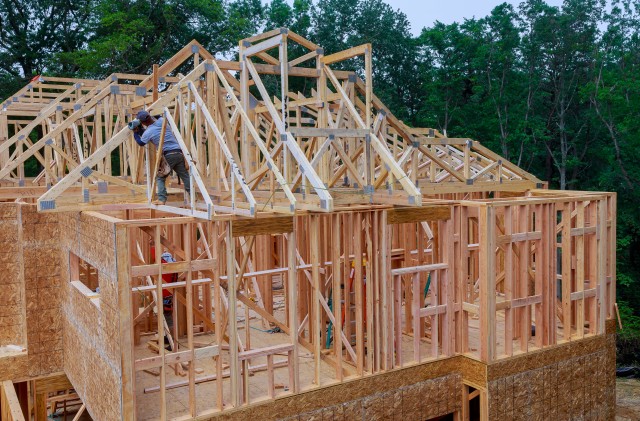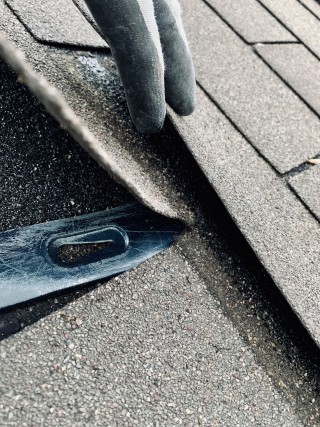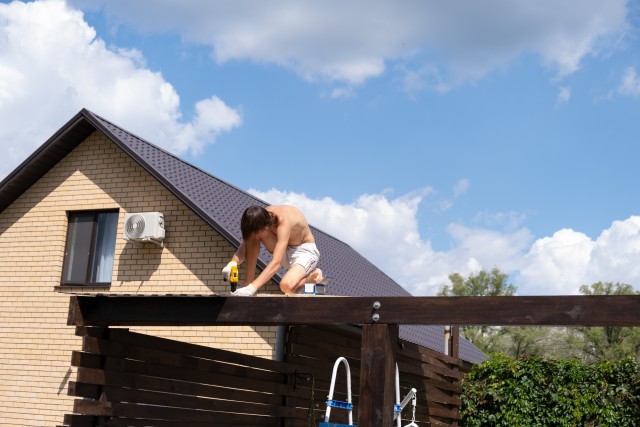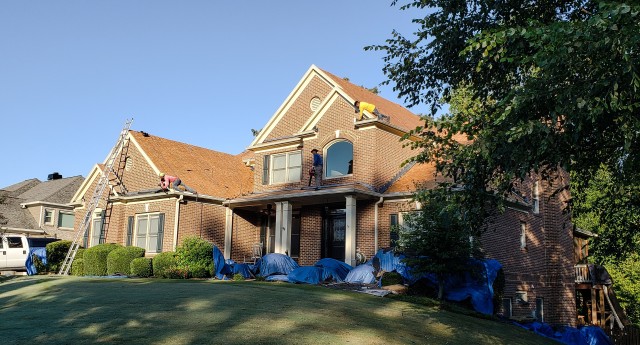So, you’ve noticed a few issues with your roof, and you’re looking for cost-effective ways to address them DIY Roof Repair Techniques Explained. Whether it’s a small leak or some missing shingles, tackling roof repairs on your own can be a practical solution. But where do you start, and what techniques can you use to ensure that your DIY approach is effective and budget-friendly?
In this discussion, we’ll explore some essential tools, common roof issues, and DIY solutions that can help you address your roof repair needs without breaking the bank. Whether you’re a seasoned DIY enthusiast or just looking to save some money, understanding these techniques will be beneficial for maintaining the integrity of your roof.
Table of Contents
ToggleDIY Roof Repair Techniques Explained

To ensure a successful DIY roof repair, it’s essential to have the right tools at your disposal. Proper measurement tools, such as a tape measure and angle finder, are crucial for accurately assessing the dimensions of your roof. This ensures that you purchase the right amount of roofing materials and shingles without waste.
Additionally, safety equipment like harnesses, hard hats, and non-slip footwear is a must for preventing accidents and ensuring personal safety while working on the roof. Basic hand tools like a hammer, screwdriver, and utility knife are necessary for removing damaged materials and making minor repairs. Having a ladder or scaffolding is essential for accessing the roof and working at different heights safely.
Lastly, consider investing in a roofing nail gun or staple gun to significantly speed up the repair process and ensure secure fastening of materials, especially if you’re dealing with water leaks or damage to the roof.
With the right tools at your disposal, you can efficiently tackle your DIY roof repair and prevent further damage to your home.
Identifying Common Roof Issues
You can easily identify common roof issues by inspecting for:
- Water stains and discoloration on the ceiling or walls
- Missing, cracked, or curled shingles
- Debris accumulation in gutters and on the roof
- Sagging or uneven areas
- Signs of mold, mildew, or rot in the attic
Water stains and discoloration on the ceiling or walls can signal a leaking roof, while missing, cracked, or curled shingles may indicate storm damage or general wear and tear. Debris accumulation in gutters and on the roof can lead to water pooling and potential leaks, and sagging or uneven areas may point to structural issues. Signs of mold, mildew, or rot in the attic could be a result of a leaky roof.
Additionally, inspecting the flashing around chimneys, vents, and skylights is crucial, as damaged flashing can lead to roof leaks. By identifying these common roof issues early, you can save money on potential costly roof repairs.
Understanding the types of roof problems and how to temporarily fix them could prevent further damage and the need for extensive roof leak repair.
Patching Roof Leaks With DIY Solutions

After identifying common roof issues such as water stains and damaged shingles, it’s important to address any leaks with effective DIY solutions. When addressing roof leaks, it’s crucial to act promptly to prevent further damage and potentially save on costly professional roofers.
Before starting any repair work, consider safety measures and the extent of the damage. When patching roof leaks, first identify the source of the leak to ensure effective repair. Clean and prepare the area thoroughly before applying any patching material. Depending on the severity of the leak, you may need to install new shingles or consider flashing installation.
Choose appropriate materials for the patch, considering the type and extent of the damage. Apply the patch carefully, ensuring it’s properly sealed to prevent future leaks. It’s important to monitor the patched area regularly to check for any signs of further leaking or damage.
Repairing Damaged Roof Shingles
Repairing damaged roof shingles can extend the life of your roof and protect your home from potential water damage. When dealing with a repair job, it’s essential to understand the process of repairing damaged roof shingles. Here’s a practical guide to help you address this issue effectively:
| Step | Description | Tips |
|---|---|---|
| Inspect the Damage | Carefully assess the extent of the damage to the roof. | Look for signs of structural damage. |
| Removing the Existing Shingles | Safely remove the damaged shingles. | Use proper tools and techniques. |
| Apply Roofing Cement | Use roofing cement to secure the new asphalt shingles. | Ensure the material used is of good quality. |
| Seek Professional Help | If there is significant damage to the roof, consider hiring qualified professionals. | Consult a roofing contractor for expert advice. |
When repairing damaged roof shingles, it’s crucial to use durable materials and techniques that ensure the longevity of the repair. Always prioritize safety and consider consulting a roofing contractor, especially if there is extensive damage to the roof.
Preventive Maintenance for Long-lasting Roof Solutions
Leaning into the importance of regular maintenance, properly inspecting and maintaining your roof can prevent small issues from escalating and ensure long-lasting solutions. Preventive maintenance is key to extending the lifespan of your roofing system.
One crucial aspect is to keep gutters clean and free from debris to prevent water damage. Standing water can cause significant issues, so it’s essential to direct water away from the roof by ensuring proper drainage.
Additionally, trimming overhanging branches can prevent damage from falling limbs, and ensuring proper attic ventilation is vital to prevent moisture buildup and damage to the roof structure.
Regular inspections can help identify and address any signs of damage promptly, preventing further deterioration and costly repairs. Addressing different types of leaks promptly is essential, as they can cause a wide range of issues.
Frequently Asked Questions
How to Fix a Roof on a Budget?
When fixing a roof on a budget, it’s crucial to prioritize urgent repairs and seek temporary solutions. Research costs for materials and prepare for unforeseen expenses. Consider phased repairs to manage costs effectively over time.
Can I Repair the Roof Myself?
You can repair the roof yourself, but it’s essential to consider safety, budgeting for unexpected costs, and using temporary fixes recommended by professionals. Take your time to plan and prioritize repairs to avoid overspending.
What Is the Easiest DIY Roofing?
If you’re looking for the easiest DIY roofing, repairing shingles and fixing flashing are simple tasks. Regular maintenance like cleaning gutters and removing debris can also prevent major issues. It’s important to assess your skills and budget before starting.
Does Flex Seal Work on Roof Leaks?
Yes, Flex Seal can work on roof leaks as a quick and easy temporary fix for small leaks. It’s important to follow the application instructions carefully for effective results. However, for severe or extensive damage, it may not be a long-term solution.

